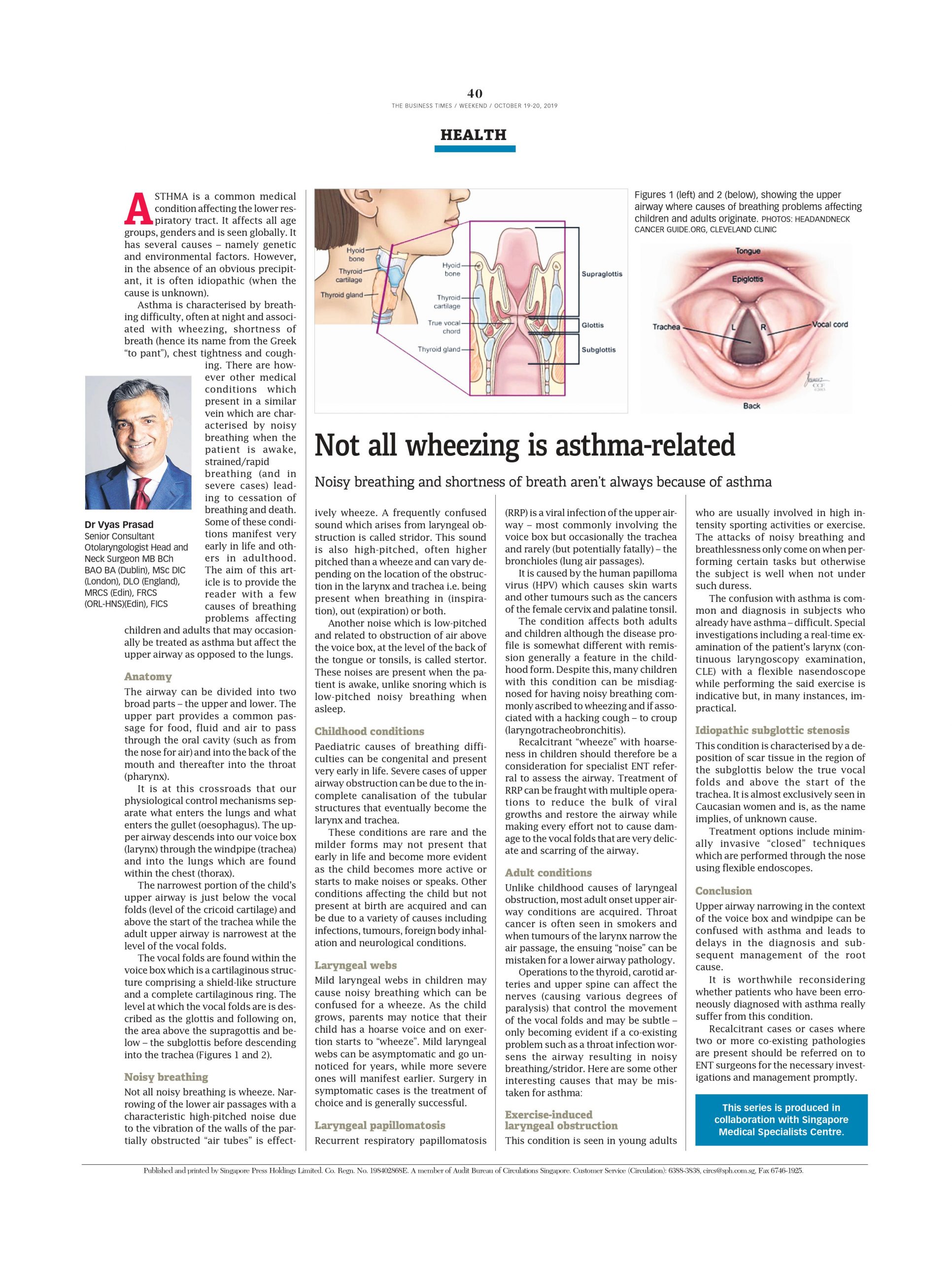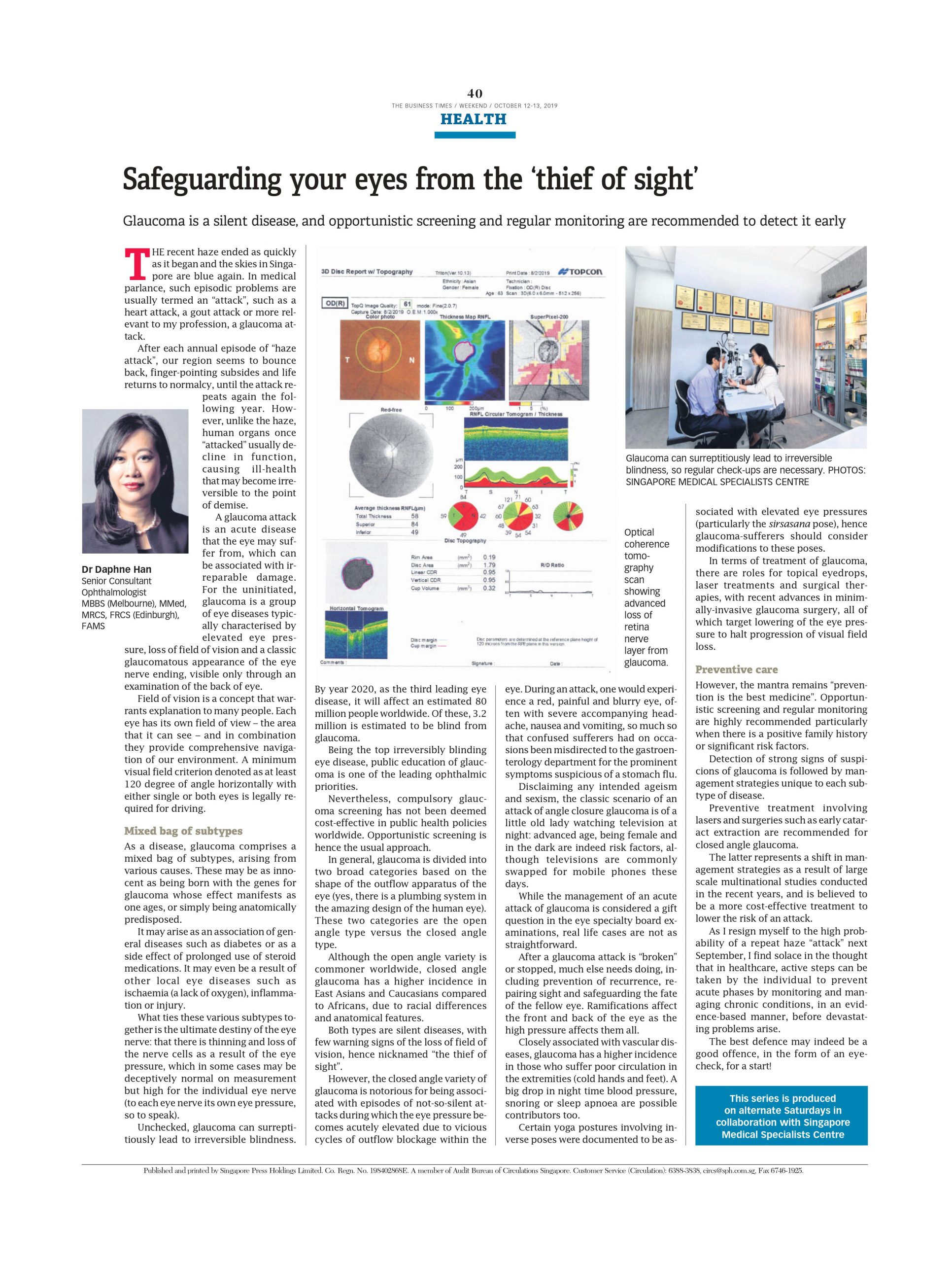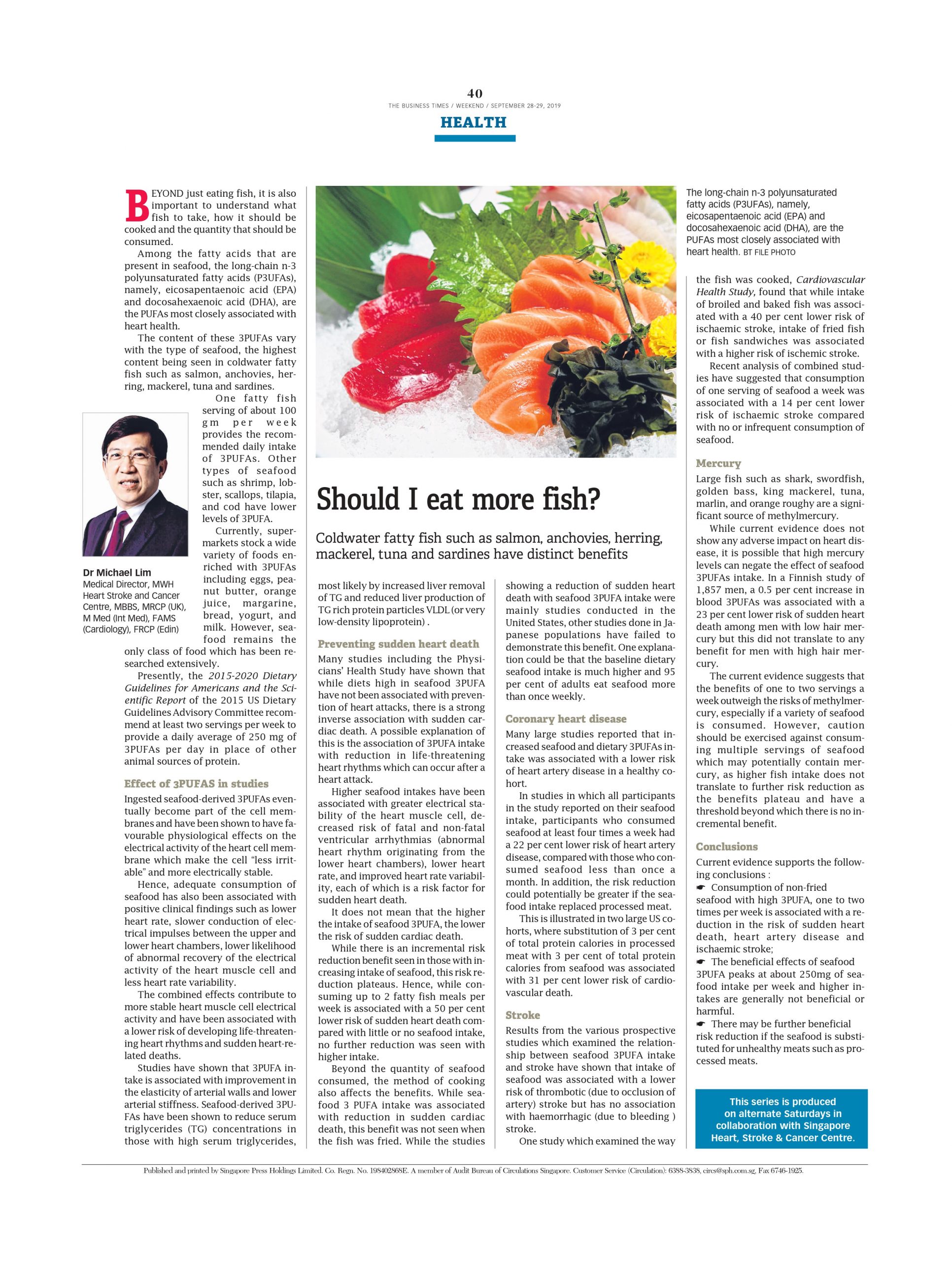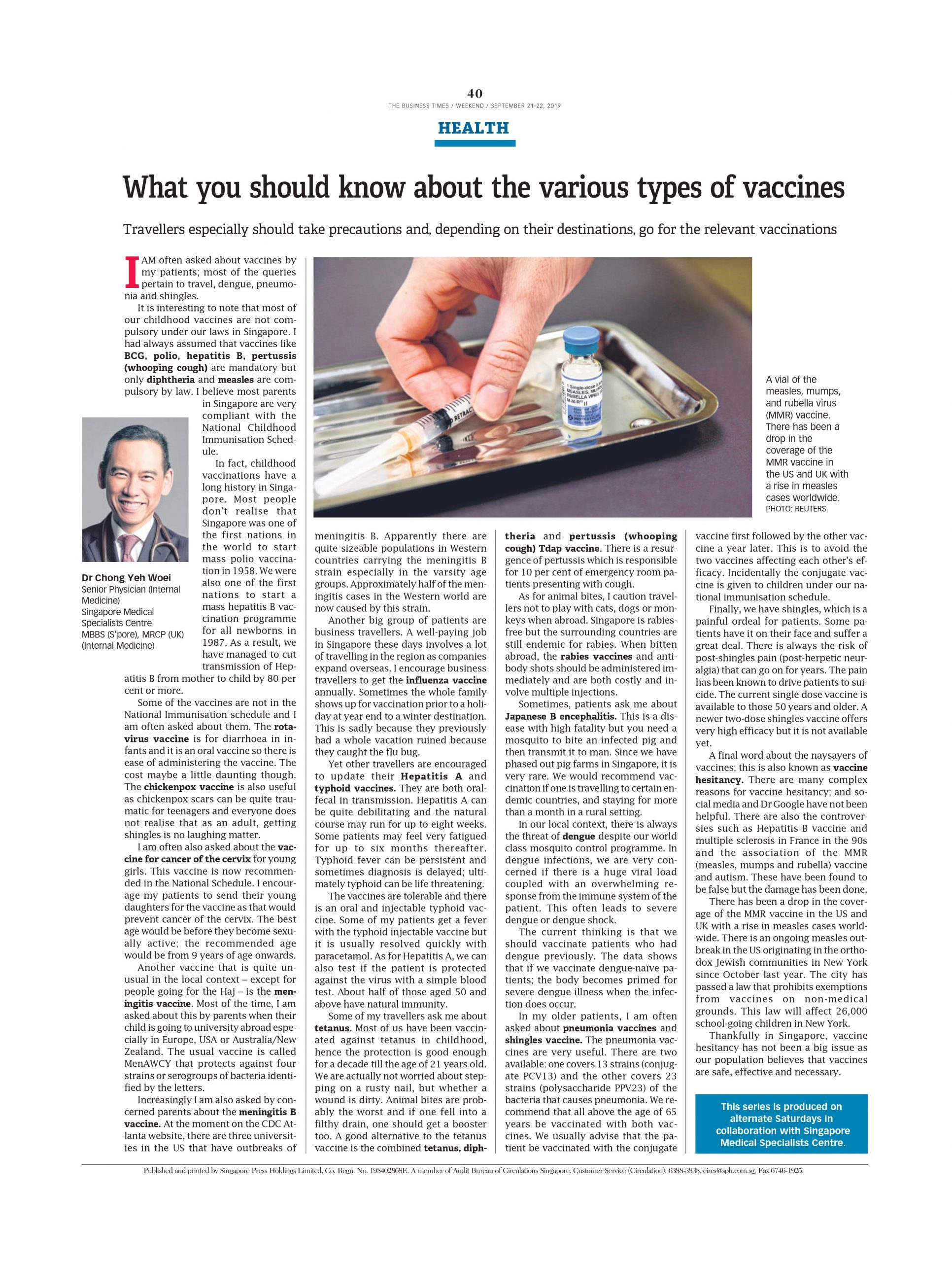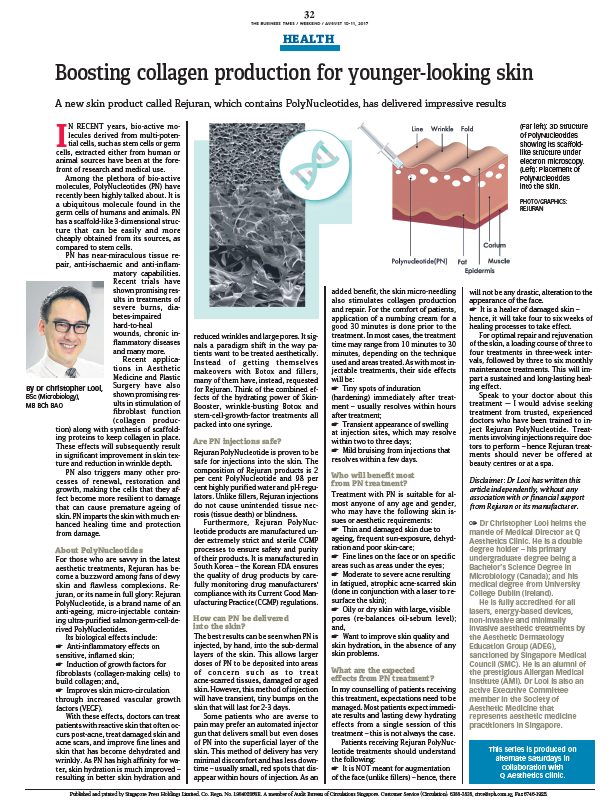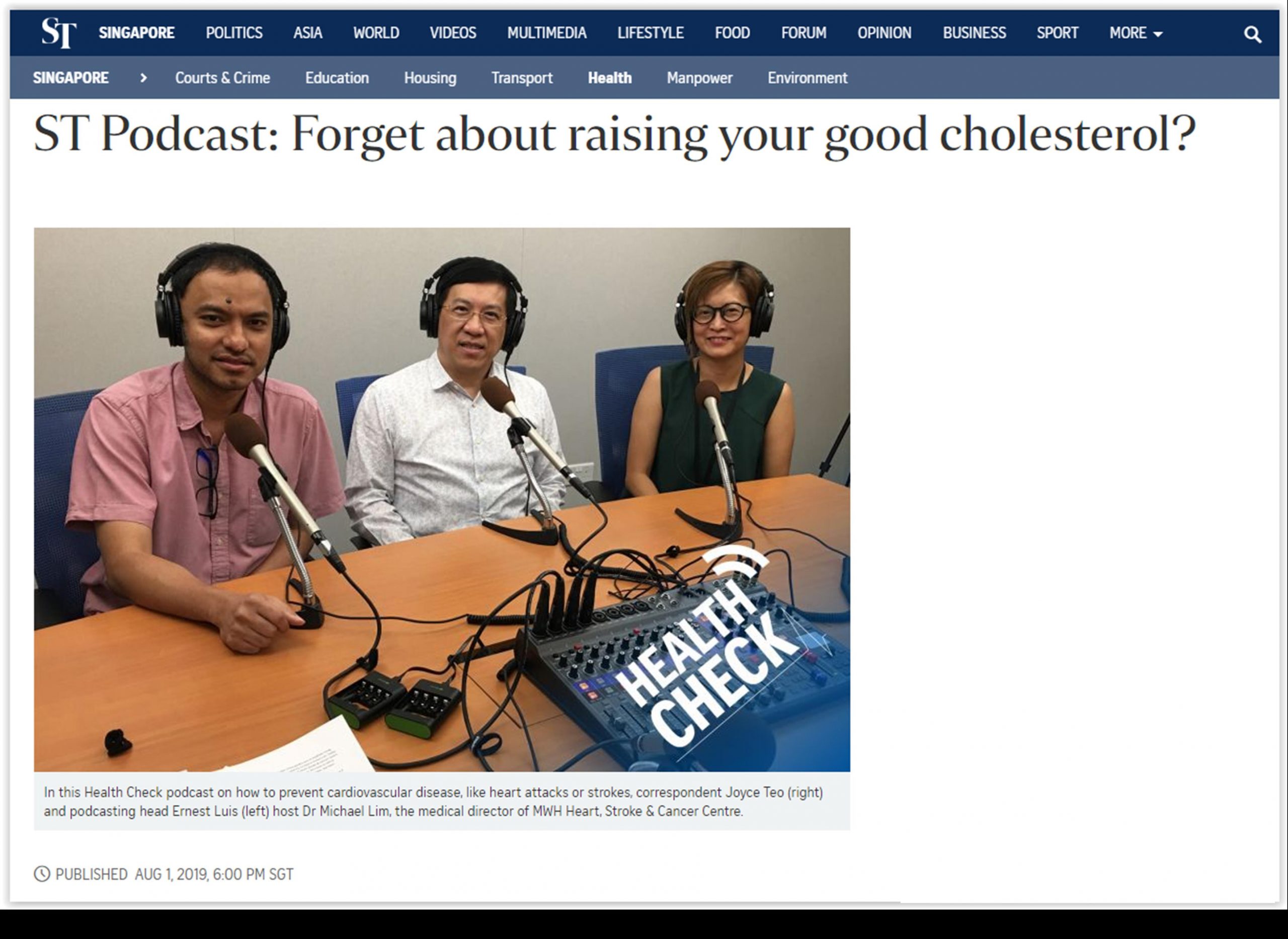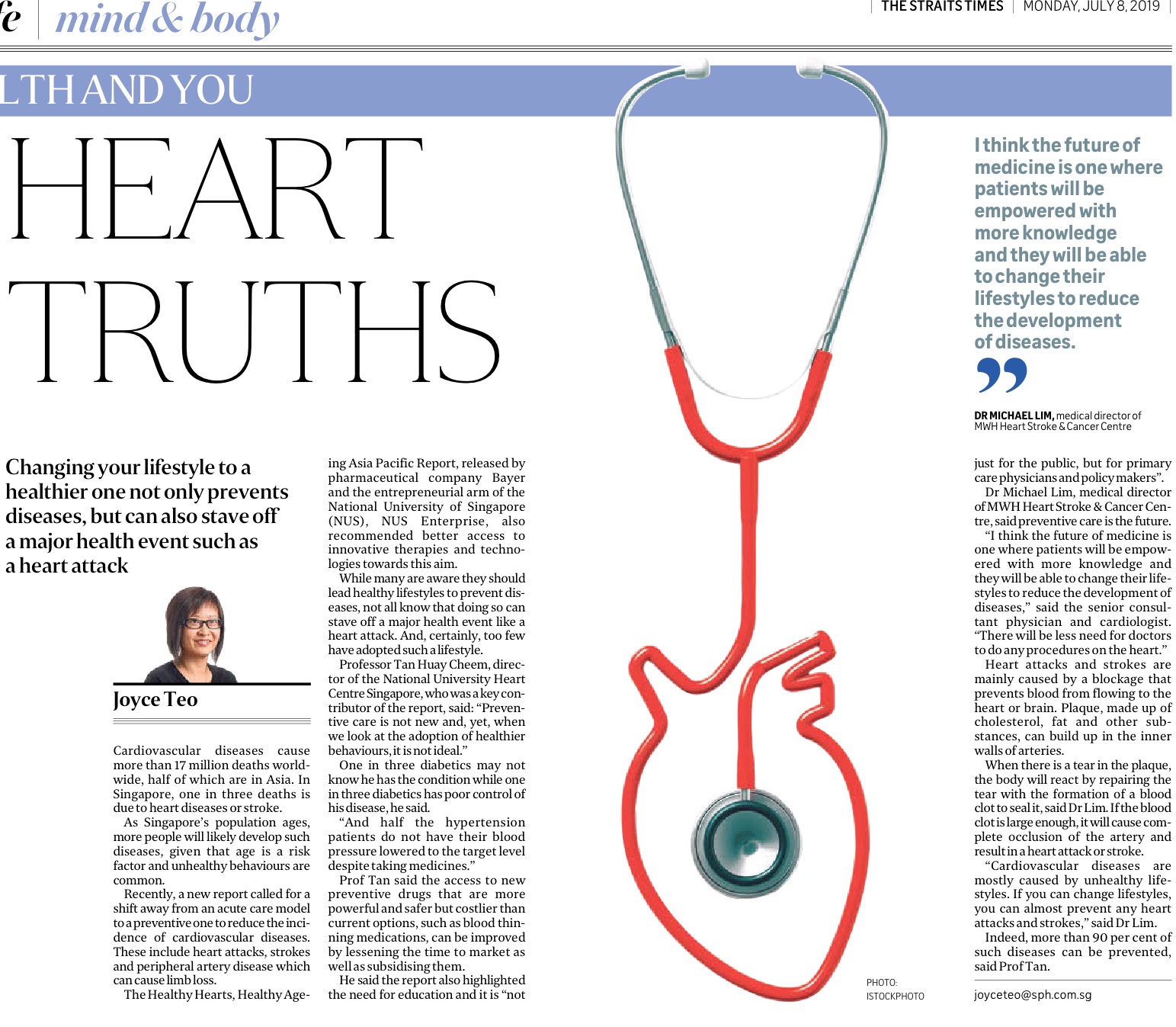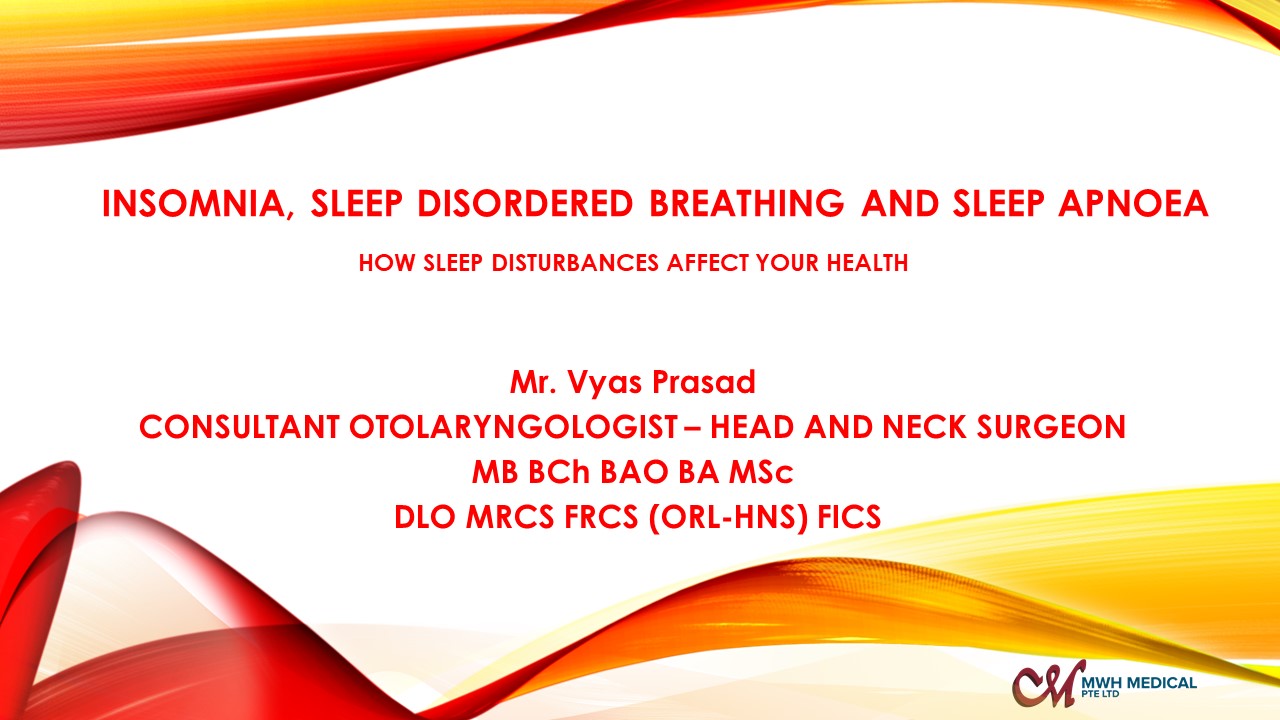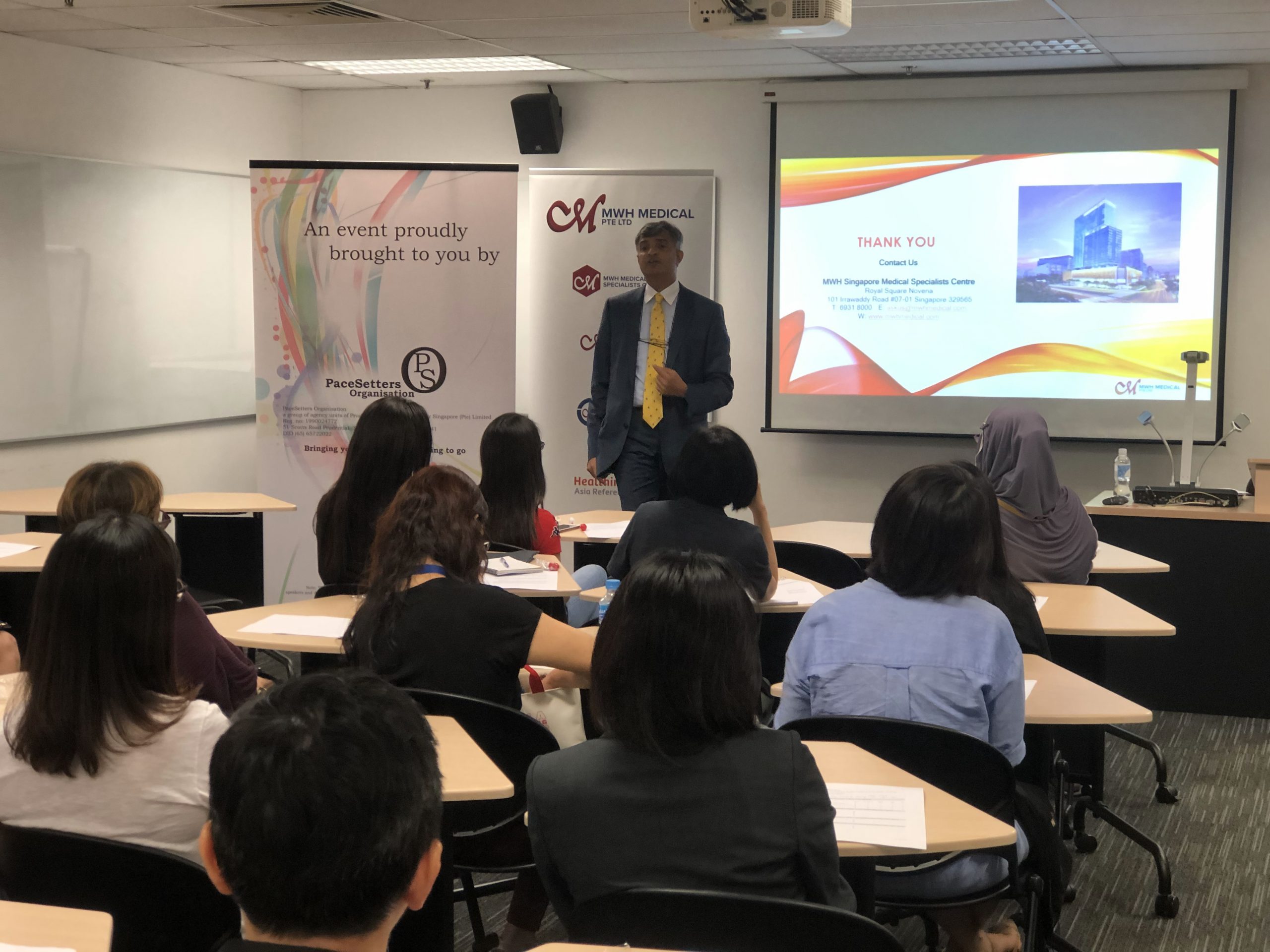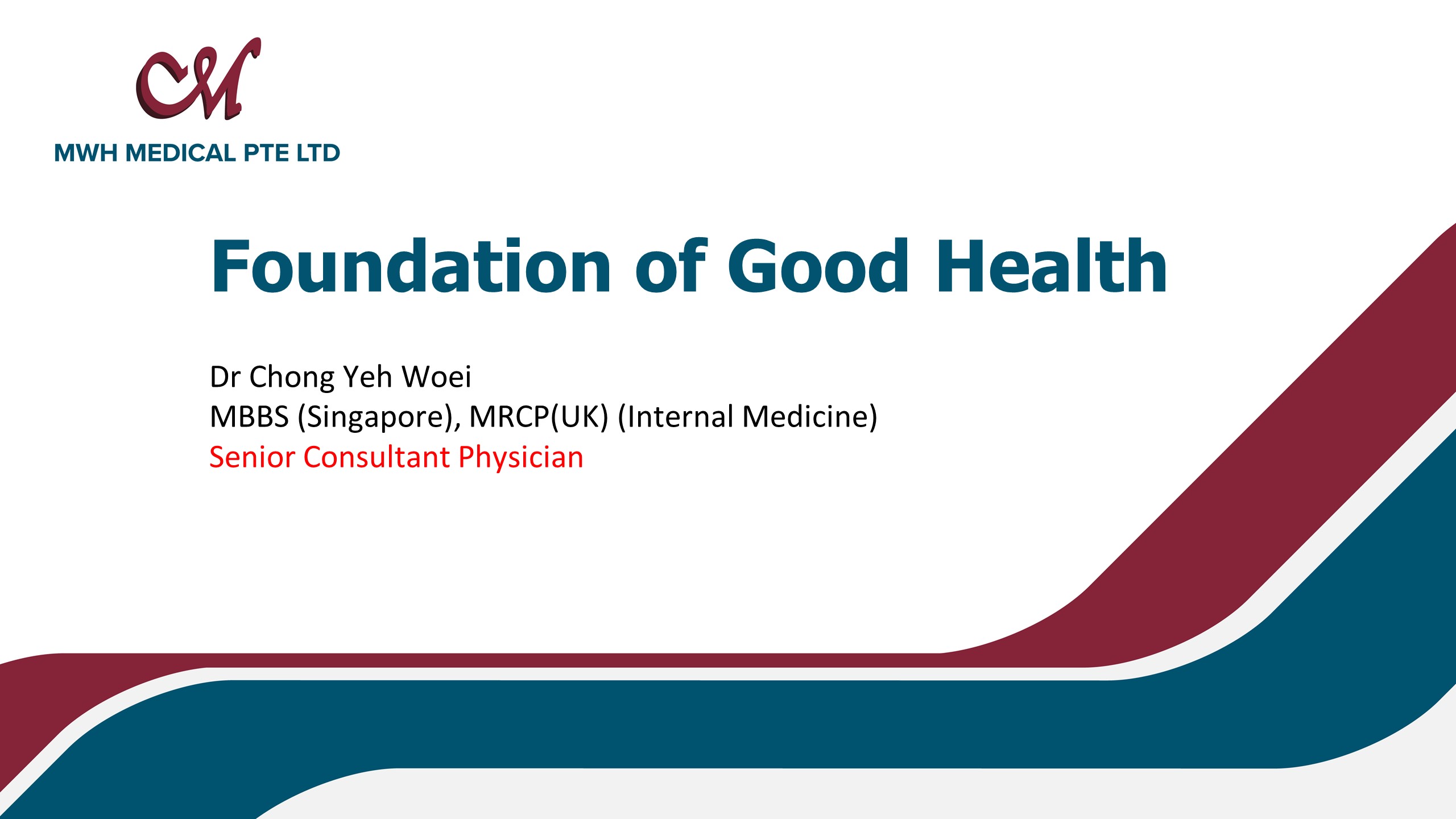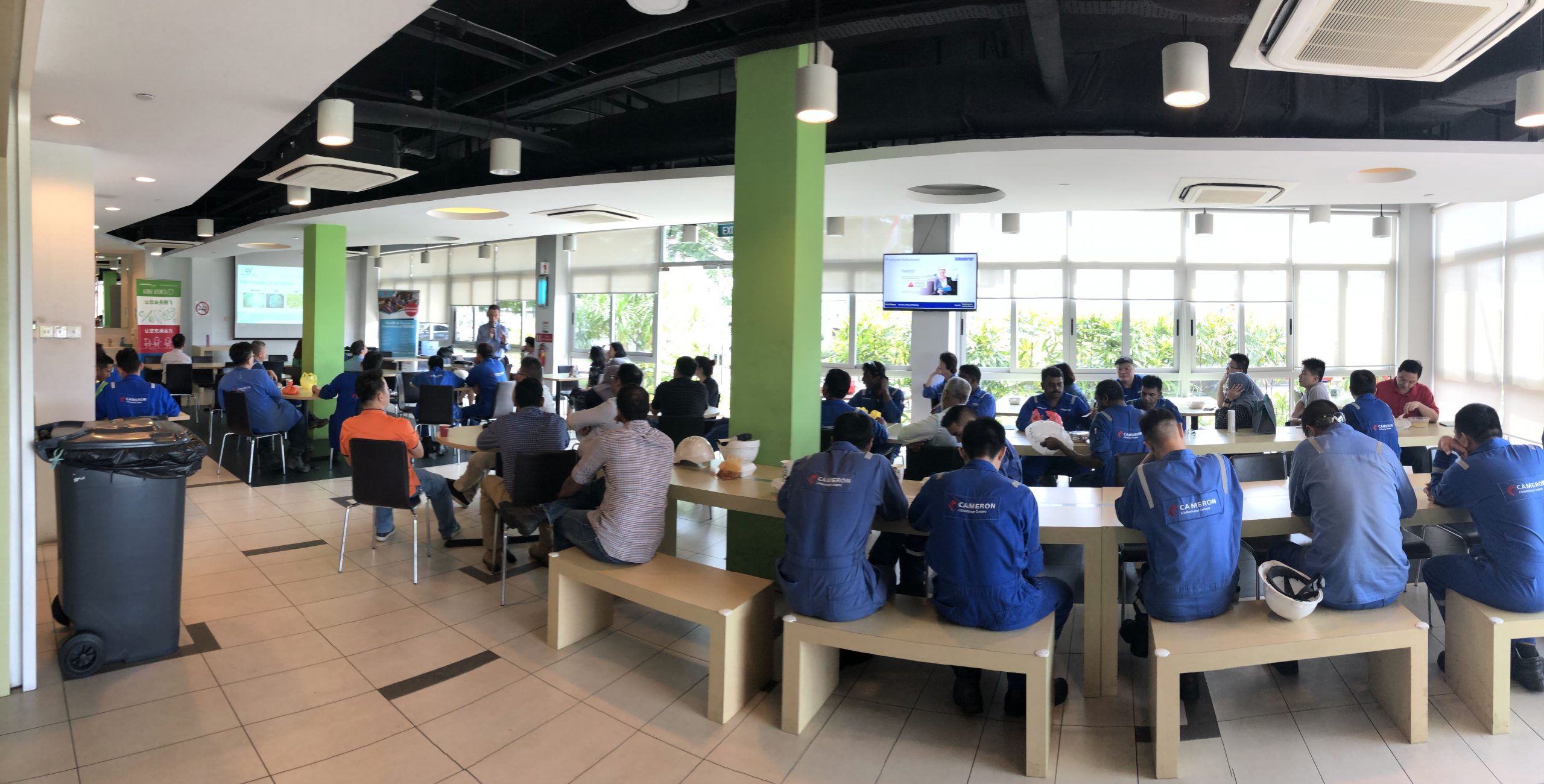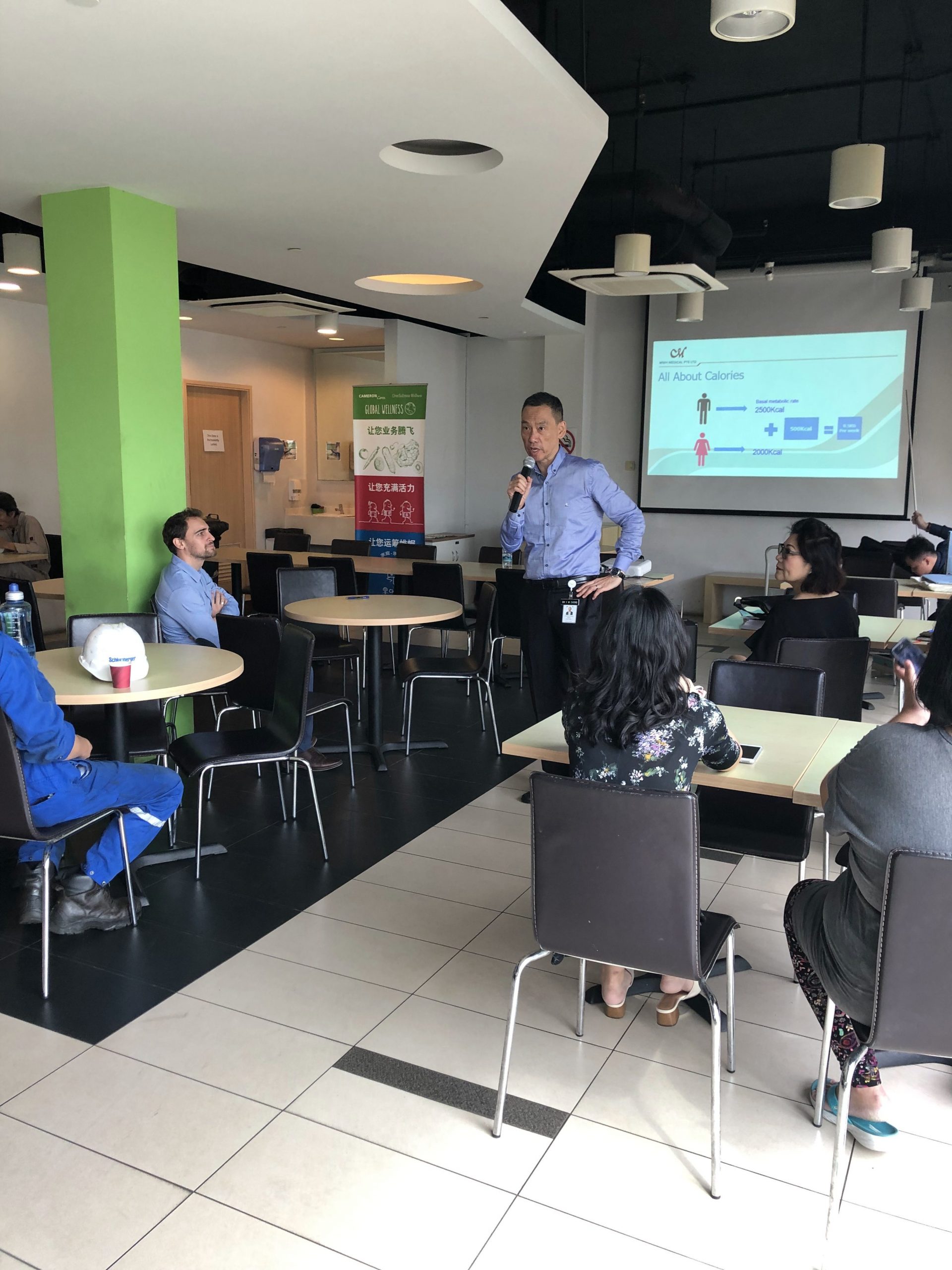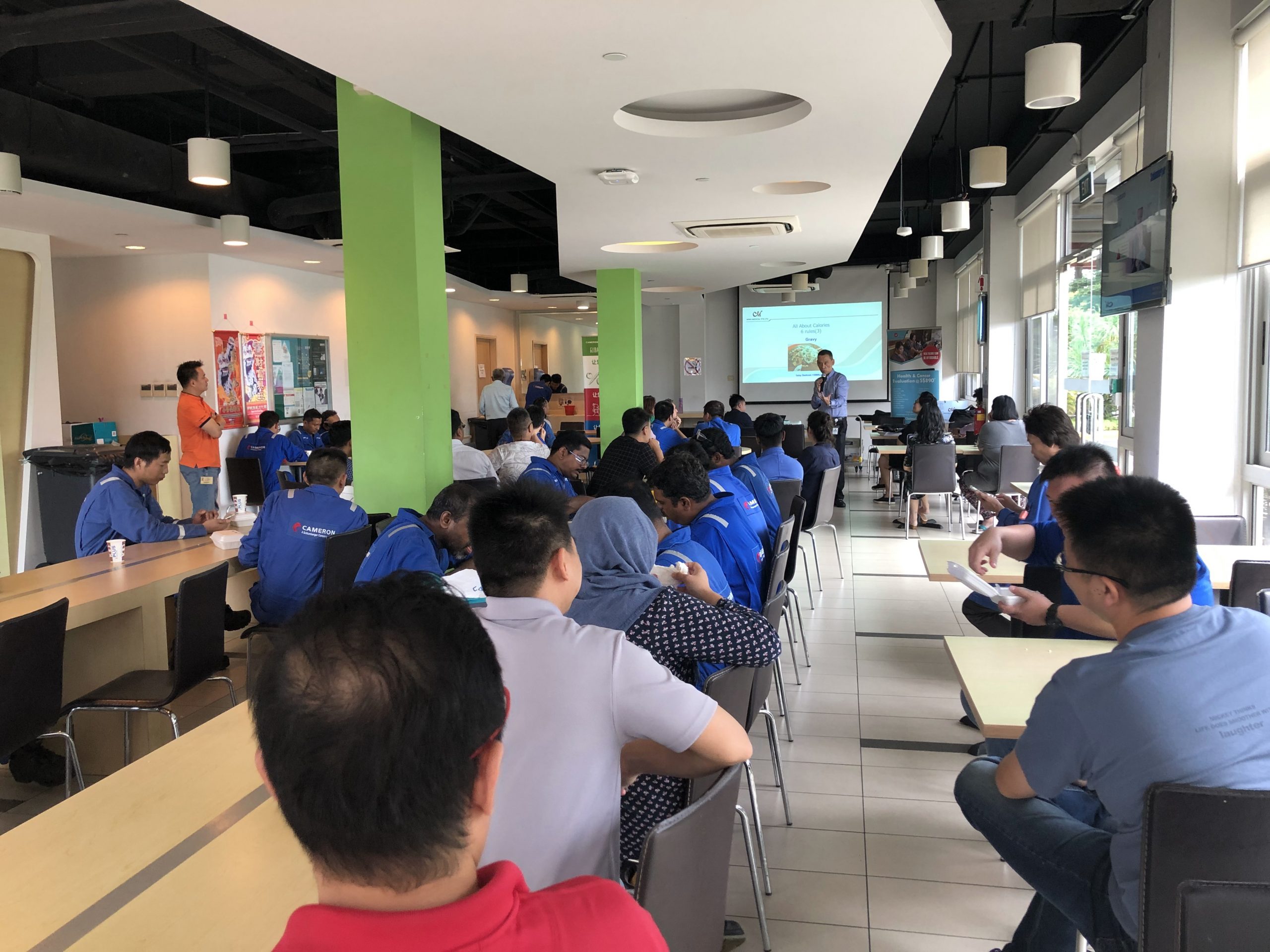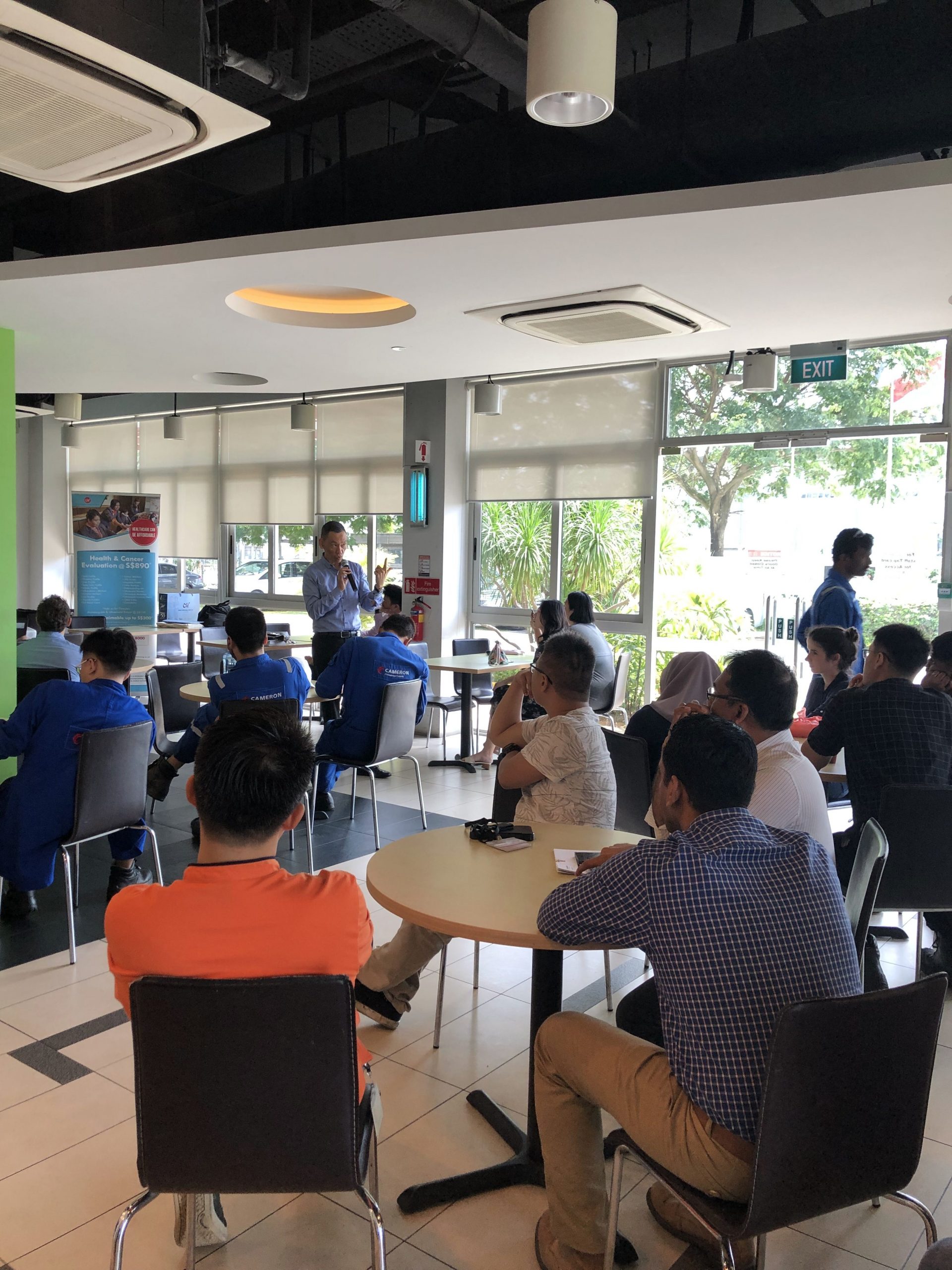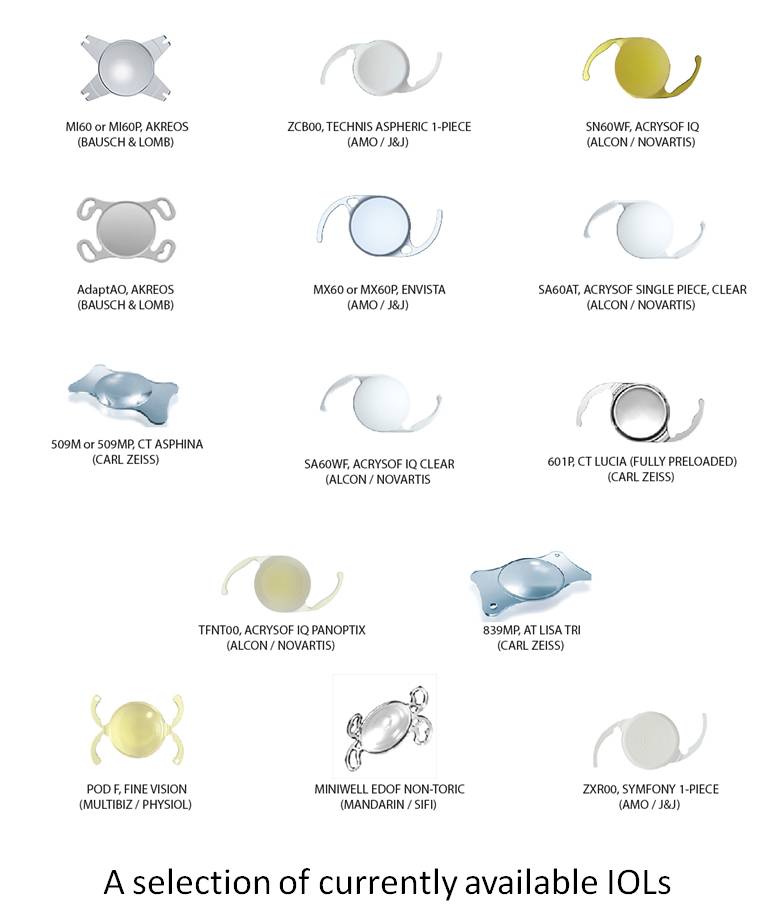Asthma is a common medical condition affecting the lower respiratory tract. It affects all age groups, genders and is seen globally. It has several causes – namely genetic and environmental factors. However, in the absence of an obvious precipitant, it is often idiopathic (when the cause is unknown). Asthma is characterised by breathing difficulty, often at night and associated with wheezing, shortness of breath (hence its name from the Greek “to pant”), chest tightness and coughing. There are however other medical conditions which present in a similar vein which are characterised by noisy breathing when the patient is awake, strained/rapid breathing (and in severe cases) leading to cessation of breathing and death. Some of these conditions manifest very early in life and others in adulthood.
The aim of this article is to provide the reader with a few causes of breathing problems affecting children and adults that may occasionally be treated as asthma but affect the upper airway as opposed to the lungs.
Anatomy
The airway can be divided into two broad parts – the upper and lower. The upper part provides a common passage for food, fluid and air to pass through the oral cavity (such as from the nose for air) and into the back of the mouth and thereafter into the throat (pharynx). It is at this crossroads that our physiological control mechanisms separate what enters the lungs and what enters the gullet (oesophagus). The upper airway descends into our voice box (larynx) through the windpipe (trachea) and into the lungs which are found within the chest (thorax).
The narrowest portion of the child’s upper airway is just below the vocal folds (level of the cricoid cartilage) and above the start of the trachea while the adult upper airway is narrowest at the level of the vocal folds. The vocal folds are found within the voice box which is a cartilaginous structure comprising a shield-like structure and a complete cartilaginous ring. The level at which the vocal folds are is described as the glottis and following on, the area above the supragottis and below – the subglottis before descending into the trachea (Figures 1 and 2).
Noisy breathing
Not all noisy breathing is wheeze. Narrowing of the lower air passages with a characteristic high-pitched noise due to the vibration of the walls of the partially obstructed “air tubes” is effectively wheeze. A frequently confused sound which arises from laryngeal obstruction is called stridor. This sound is also high-pitched, often higher pitched than a wheeze and can vary depending on the location of the obstruction in the larynx and trachea i.e. being present when breathing in (inspiration), out (expiration) or both.
Another noise which is low-pitched and related to obstruction of air above the voice box, at the level of the back of the tongue or tonsils, is called stertor. These noises are present when the patient is awake, unlike snoring which is low-pitched noisy breathing when asleep.
Childhood conditions
Paediatric causes of breathing difficulties can be congenital and present very early in life. Severe cases of upper airway obstruction can be due to the incomplete canalisation of the tubular structures that eventually become the larynx and trachea. These conditions are rare and the milder forms may not present that early in life and become more evident as the child becomes more active or starts to make noises or speaks. Other conditions affecting the child but not present at birth are acquired and can be due to a variety of causes including infections, tumours, foreign body inhalation and neurological conditions.
Laryngeal webs
Mild laryngeal webs in children may cause noisy breathing which can be confused for a wheeze. As the child grows, parents may notice that their child has a hoarse voice and on exertion starts to “wheeze”. Mild laryngeal webs can be asymptomatic and go unnoticed for years, while more severe ones will manifest earlier. Surgery in symptomatic cases is the treatment of choice and is generally successful.
Laryngeal papillomatosis
Recurrent respiratory papillomatosis (RRP) is a viral infection of the upper airway – most commonly involving the voice box but occasionally the trachea and rarely (but potentially fatally) – the bronchioles (lung air passages). It is caused by the human papilloma virus (HPV) which causes skin warts and other tumours such as the cancers of the female cervix and palatine tonsil. The condition affects both adults and children although the disease profile is somewhat different with remission generally a feature in the childhood form. Despite this, many children with this condition can be misdiagnosed for having noisy breathing commonly ascribed to wheezing and if associated with a hacking cough – to croup (laryngotracheobronchitis).
Recalcitrant “wheeze” with hoarseness in children should therefore be a consideration for specialist ENT referral to assess the airway. Treatment of RRP can be fraught with multiple operations to reduce the bulk of viral growths and restore the airway while making every effort not to cause damage to the vocal folds that are very delicate and scarring of the airway.
Adult conditions
Unlike childhood causes of laryngeal obstruction, most adult onset upper airway conditions are acquired. Throat cancer is often seen in smokers and when tumours of the larynx narrow the air passage, the ensuing “noise” can be mistaken for a lower airway pathology. Operations to the thyroid, carotid arteries and upper spine can affect the nerves (causing various degrees of paralysis) that control the movement of the vocal folds and may be subtle – only becoming evident if a co-existing problem such as a throat infection worsens the airway resulting in noisy breathing/stridor. Here are some other interesting causes that may be mistaken for asthma:
Exercise-induced laryngeal obstruction
This condition is seen in young adults who are usually involved in high intensity sporting activities or exercise. The attacks of noisy breathing and breathlessness only come on when performing certain tasks but otherwise the subject is well when not under such duress. The confusion with asthma is common and diagnosis in subjects who already have asthma – difficult. Special investigations including a real-time examination of the patient’s larynx (continuous laryngoscopy examination, CLE) with a flexible nasendoscope while performing the said exercise is indicative but, in many instances, impractical.
Idiopathic subglottic stenosis
This condition is characterised by a deposition of scar tissue in the region of the subglottis below the true vocal folds and above the start of the trachea. It is almost exclusively seen in Caucasian women and is, as the name implies, of unknown cause. Treatment options include minimally invasive “closed” techniques which are performed through the nose using flexible endoscopes.
Conclusion
Upper airway narrowing in the context of the voice box and windpipe can be confused with asthma and leads to delays in the diagnosis and subsequent management of the root cause. It is worthwhile reconsidering whether patients who have been erroneously diagnosed with asthma really suffer from this condition. Recalcitrant cases or cases where two or more co-existing pathologies are present should be referred on to ENT surgeons for the necessary investigations and management promptly.
Dr Vyas Prasad
Senior Consultant Otolaryngologist Head and Neck Surgeon
MB BCh BAO BA (Dublin), MSc DIC (London), DLO (England), MRCS (Edin), FRCS (ORL-HNS)(Edin), FICS
THE BUSINESS TIMES WEEKEND, OCTOBER 19-20, 2019
